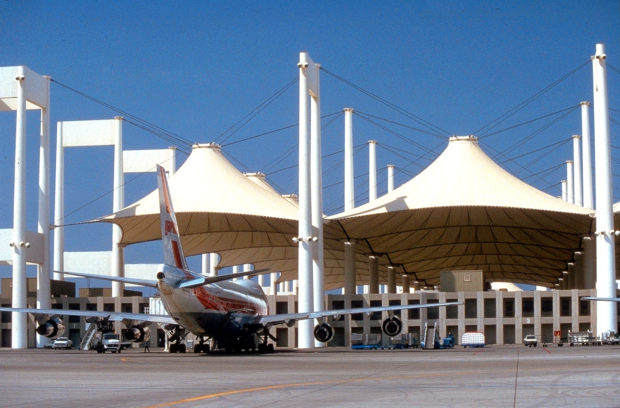Networked Urbanism
design thinking initiatives for a better urban life
apps awareness bahrain bike climate culture Death design digital donations economy education energy extreme Extreme climate funerals georeference GSD Harvard interaction Krystelle mapping market middle east mobility Network networkedurbanism nurra nurraempathy placemaking Public public space resources Responsivedesign social social market Space time time management ucjc visitor void waste water Ziyi
gulf
Sha·ding, to cover or shield from direct sun exposure […]
Direct solar radiation has the largest impact on the comfort in open spaces, the enormous energy of the sunlight can be useful in certain seasons and cold climates but is generally excessive and certainly unwanted in hot and arid climates. Sun shading, and sun protection, has been, and still is, the fundamental way to improve a public space bio-climatic behavior. Reducing the solar radiation that reaches the people or gets reflected by the ground, both by the means of vegetation or shading artifacts, is the most efficient way to reduce temperature and it is widely used at all latitudes from temperate areas to arid ones.
A milestone project in the use of shading devices to create a bioclimatic space in the gulf region is the Hajj Terminal part of the King Abdulaziz International Airport, designed by the NYC based firm S.O.M. architects. The use of tensile structures, wasn’t surely something new at the time (i.e. Frei Otto tensile structures for the Olympic games in Munich date back to 1972) but the scale and the effectiveness of this project made it one of the best and most replicated examples of open shaded spaces. Although not being a true public space the Hajj terminal is quite peculiar, designed to host the massive flow of pilgrims that pass by during the ritual pilgrimage to the Holy Mecca it is composed of two parts, the first is a fully air-conditioned terminal where the offices, customs, and luggage claiming areas are hosted and the second, and far more interesting part, is the famous open space tent-like structure that hosts the pilgrims until their departure to the Mecca (the waiting time can be up to 36 hours).

Hajj Terminal, S.O.M. Architects, Jeddah, Saudi Arabia, 1982. Image courtesy SOM. Image © Jay Langlois | Owens-Corning